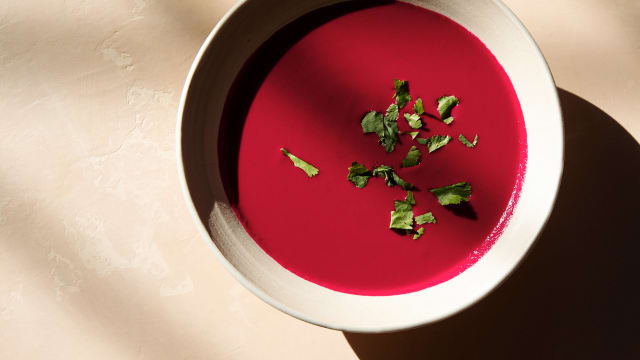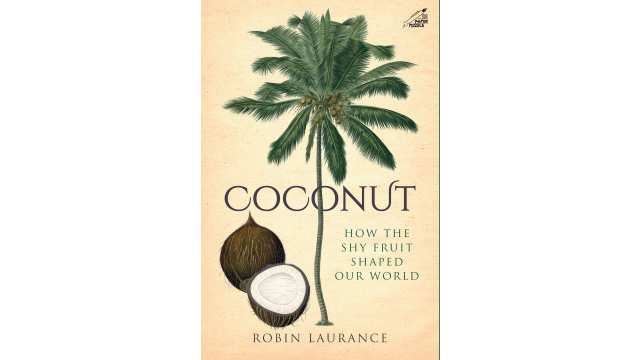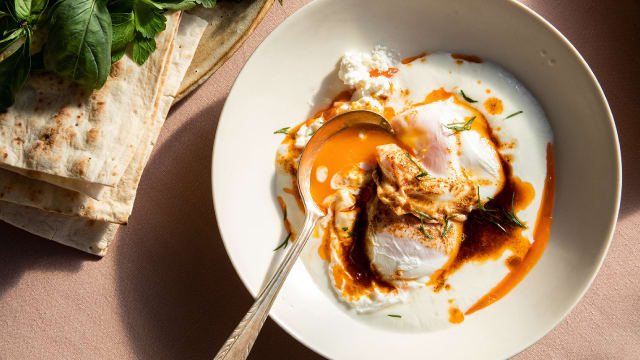Coconut

Latin name: Cocos nucifera
Uses: nutmeat, baking, oil, vinegar, sugar, beverages (nondairy milk, juice/water, wine)
What are coconuts?
Coconuts are the seeds of a type of palm tree, with creamy white flesh surrounded by a shaggy brown shell that’s encased in a fibrous outer layer. They’re a versatile plant: the fruits (not actually a nut) provide fresh water when you’re surrounded by the sea; their flesh can be processed into flour, milk, oil, or shredded to top a cream pie. The sap can be used for making sugar or fermented into wine and vinegar. Even the nonedible parts are useful — the leaves can be woven into a textile and the coir is an important fiber and fuel. (You can even carve a coconut into a human face and talk to it if you’re stranded on that deserted island.)
Why are coconuts healthy?
Coconut meat contains protein, fiber, and minerals like copper, iron, manganese, and magnesium, but it’s primarily a source of medium-chain fatty acids. These MCFAs can boost stamina and also have some antimicrobial properties, making coconut useful for promoting oral health. Because it also contains significant amounts of saturated fat, coconut should be treated as a treat, not a staple.
What does coconut taste like?
Coconut has a warm, sweet, nutty flavor but with a wonderful creamy aroma thanks to the presence of several lactones (also found in dairy products). Interestingly, the same aroma can be produced by growing the Trichoma viride fungus on sugarcane pulp, and traces of this aroma are present in every coconut byproduct. The texture of the coconut meat is chewy and slightly fibrous, with a fattiness similar to true nuts.
How do I use coconut?
Use coconut milk to provide body and creaminess for any curry or stew (especially Thai or West African); it also turns regular glutinous/sticky rice into a rich dessert. Powdered coconut milk is a handy pantry staple when you need just a bump of creaminess and don’t want to open a whole can. Coconut water is a key component of Vietnamese stewed caramelized pork belly (thịt kho) — experiment with it in other Southeast Asian soups and stews wherever you need a little added richness.
You can use coconut flour in gluten-free baking, but it’s dryer and coarser than wheat flour so you have to use extra liquid when baking. It also imparts a coconut flavor. Coconut sugar is less sweet than cane or beet sugar and doesn’t dissolve as well in liquids — it’s fine for baking (it tastes kind of like brown sugar) but will make your coffee grainy. Coconut oil works well anywhere you need a solid fat, like for frying or flaky-crispy pie crust.
What does coconut pair well with?
Coconut has a magical way of adding a chewy texture to baked goods (macaroons being an ideal example), and it loves other tropical flavors like pineapple and mango and plays especially well with chocolate.
Where do coconuts grow?
Coconuts grow throughout the equatorial tropics, and there are two genetically distinct types of coconut: Indo-Atlantic (which grow throughout southern India and the Maldives) and the Pacific group (found throughout Southeast Asia and the southwestern Pacific). Coconuts are specially adapted to being dispersed by the ocean. Prior to domestication, they spread by floating from island to island and as such, were crucial in the migrations of Austronesian peoples. As oceanic island species, coconuts require sandy, saline soils and high humidity to grow.
How to buy coconuts:
If you’re in tropics, they’re easy to find. Elsewhere, look for them at Latin or Asian markets where they’re likely to be fresher than those at chain supermarkets.
Surprising coconut fact:
Though people have certainly died from being struck in the head by falling coconuts, the frequency of which it occurs is just an urban legend. In reality it only happens once every few years.





